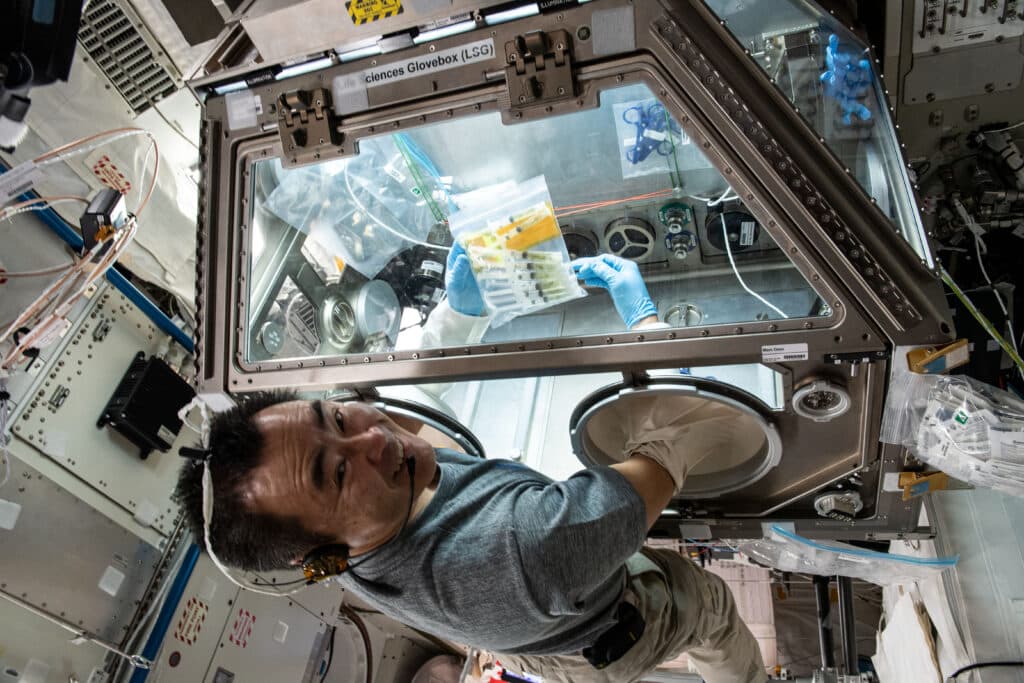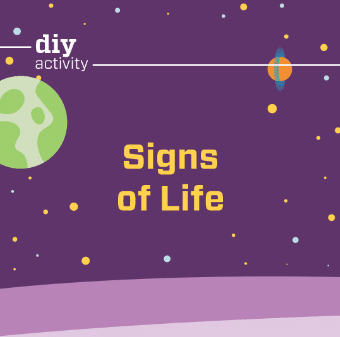Ready for blast off?
Humans can live in space! Since 1961, close to 600 people have made the trip past Earth’s atmosphere and into the final frontier.
But hold on…
When you stop and think about it, humans haven’t really adapted to the environment of space. Instead, we have designed innovative technologies that make space feel like Earth. Without space suits, pressurized shuttles, food delivery, and so many other necessities, humans in space would be toast. So will humans ever really survive space on their own?
There are some earthlings that are far better adapted to space than humans. Tardigrades, also known as water bears, were taken to space by European Space Agency astronauts. Those astronauts found that the tiny invertebrates could survive 10 days fully exposed to the extreme conditions in space.

Other, non-Earth creatures may also be out there, surviving harsh environments of far away planets or moons. But how do we find out?
Grab your space suit and get ready to explore life in space, from existing human technologies to the possibility of new, otherworldly life.
Exploring Life in Space Learning Module
Baking a Cake on Mars
Explore what it would take to bake a cake on Mars with OMSI Educator Alexe – she is on a mission to bring the perfect birthday cake to the Mars Curiosity Rover. Wish her luck!

Signs of Life DIY Science Activity
Is there life beyond the living creatures on Earth? In this at-home activity, you’ll test three substances and determine which one is alive, and which two are simply pretending!

Marshmallows in Space
What would happen to a marshmallow in space? Join OMSI Educator Glenford as he tests everything from marshmallows to slime inside a vacuum bell jar, a system that simulates the zero atmosphere environment of space.
